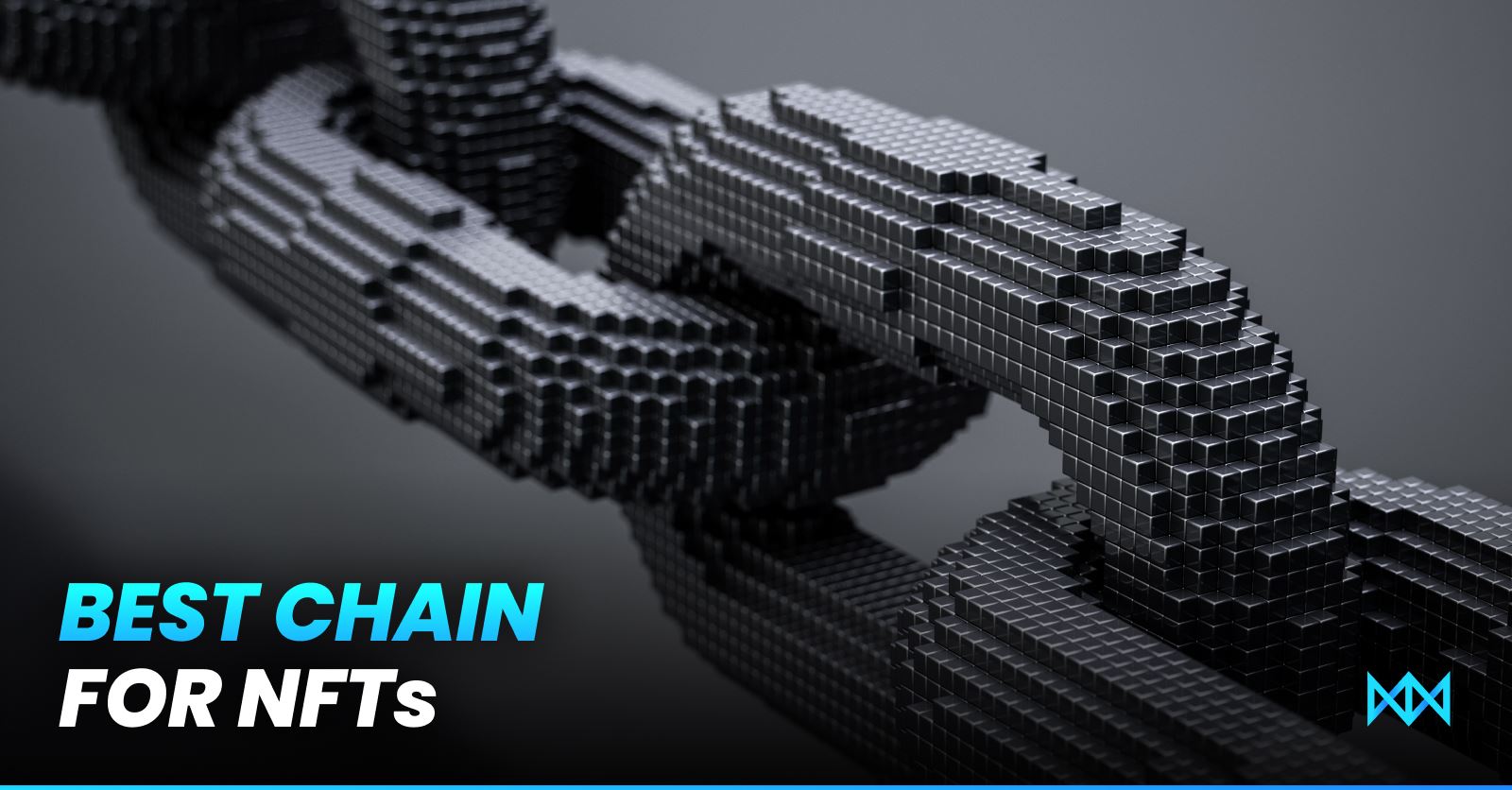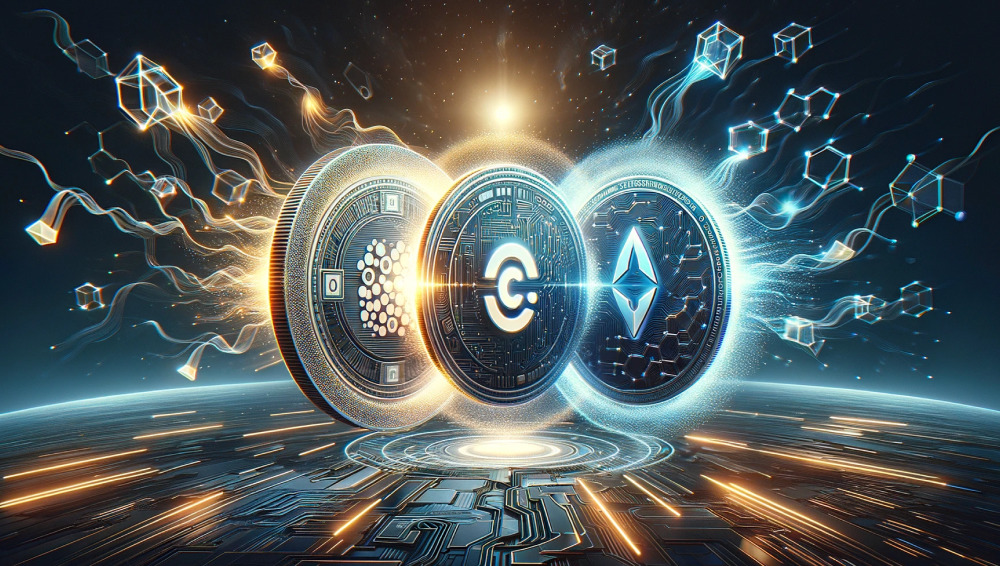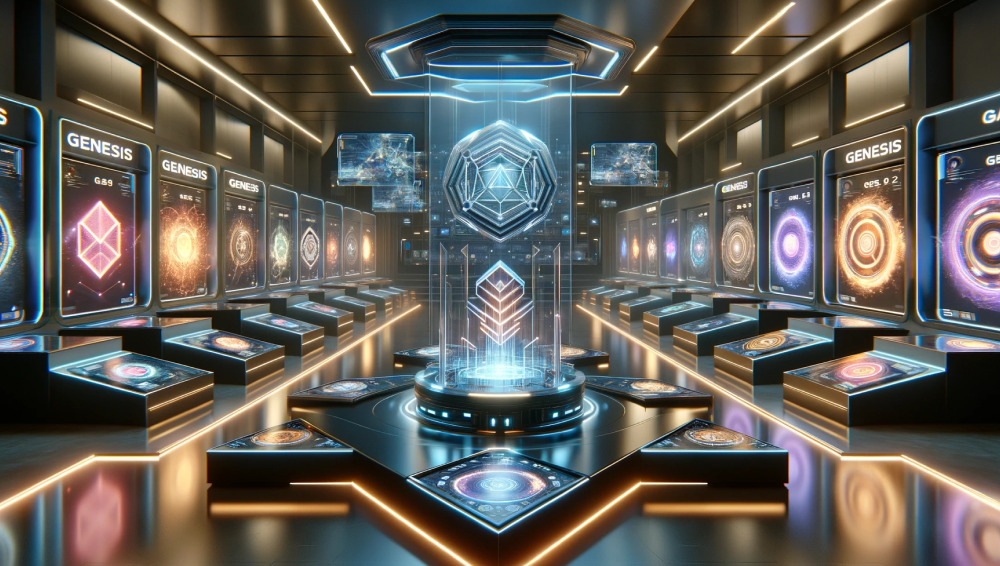Quick Summary
- Non-fungible tokens (NFTs) are digital files that use blockchain for their proof of ownership certification. Choosing a blockchain is a defining moment for the entire NFT project, as it affects almost everything on the roadmap.
Related: What’s Blockchain Trilemma?
Is Ethereum the best blockchain for NFTs?
Creators must ask themselves the following questions before choosing the best blockchain for NFTs:
- Is the blockchain popular enough in the NFT space?
- Do top NFT marketplaces support it?
- What’s the security level?
- Is it scalable?
- Is it decentralized?
- What is its carbon footprint?
When answering, the Ethereum blockchain leads with most ‘yeses’ to these questions. Almost every blue chip NFT project is based on the Ethereum chain. In addition, Ethereum is the one-stop shop for the NFT projects and supports leading projects like Crypto Punks, Bored Ape Yacht Club, and Crypto Kitties. To sum it up, NFT creators trust Ethereum because of its added security and decentralized nature.
Major concerns that make creators look for alternatives are the carbon footprint, expensive transactions, and lower scalability. Ethereum is an overcrowded blockchain with a TPS (Transaction Per Second) of 15. This causes the network to queue the transaction, which ultimately makes users pay much more fees for a single transaction. Another potential drawback of Ethereum blockchain is that it will transition from proof-of-work to proof-of-stake protocol later this year. And no one can really guarantee how the transition will play out.
Alternatives
Polygon and Solana are seen as competitors to Ethereum Blockchain. Take Solana. It uses a multinode approach to channel transactions, which improves the overall scalability of the chain. Also, it is a layer 1 protocol that is growing on a trajectory better than Ethereum. Lower fees and green transactions are an attraction for the creators. Solana is one of the best EVM (Ethereum Virtual Machine) alternatives as it offers the fastest programmable structure to developers writing Smart Contracts for NFTs. Seeing this unusual interest from NFT creators, Opensea has added support to the Solana chain.
Likewise, Polygon is a layer-2 protocol blockchain on the Ethereum mainnet. Polygon has the security and decentralization of Ethereum blockchain but has improved scalability due to its Proof of Stake structure.
However, even when combined, these two chains are still less popular than Ethereum. In the end, it amounts to one crucial thing, and that is less exposure – fewer marketplaces support these NFTs and fewer people have access to those NFTs.
Conclusion
Other chains like FLOW, WAX, Tron, or BSC (Binance Smart Chain) are getting popular in the digital space, to name a few. However, it seems that most top-notch projects don’t bother much about the price of transactions and carbon footprint, as they choose Ethereum to get the maximum exposure. Would you trade speed and cheaper transactions for less exposure? We don’t think so.
more to read
The Polygon Network is attracting new users due to lower fees
Is Ethereum Better than Tron? Finally a Good Answer
Follow NFT World News: Twitter, Instagram, Telegram, Tiktok, Youtube, Twitch
sources: NftNow
author: Tatiana Cernochova
Disclaimer: This article is provided for informational purposes only. It is not offered or intended to be used as legal, tax, investment, financial, or other advice.
Disclaimer: This article is provided for informational purposes only. It is not offered or intended to be used as legal, tax, investment, financial, or other advice.





